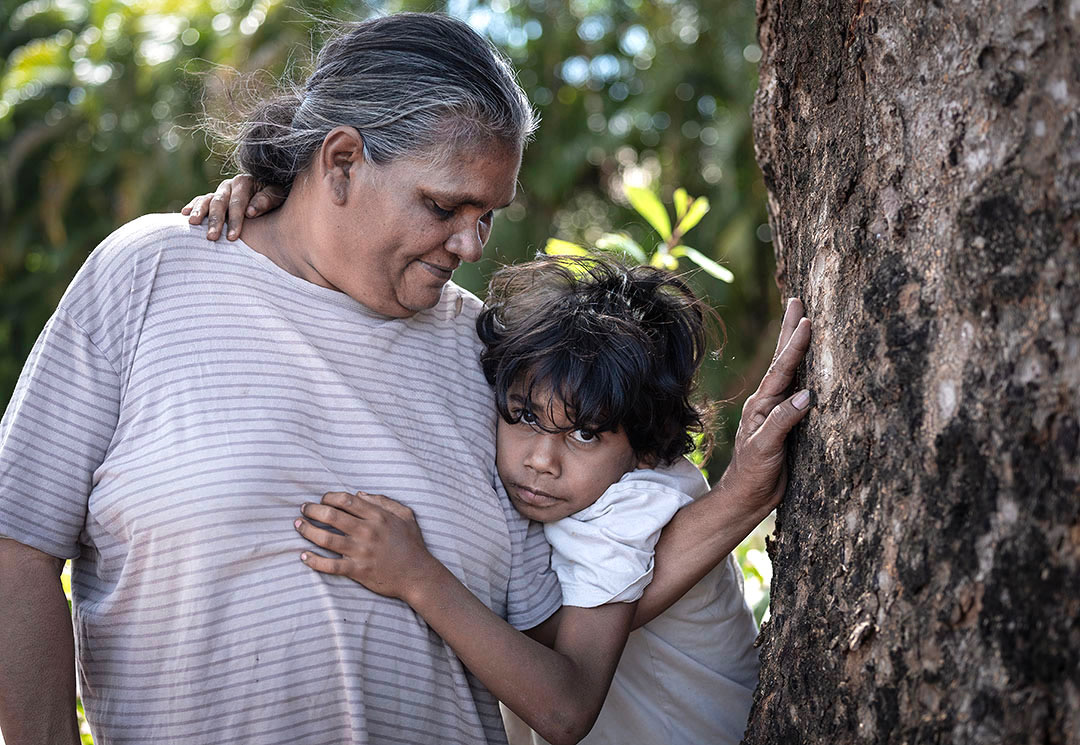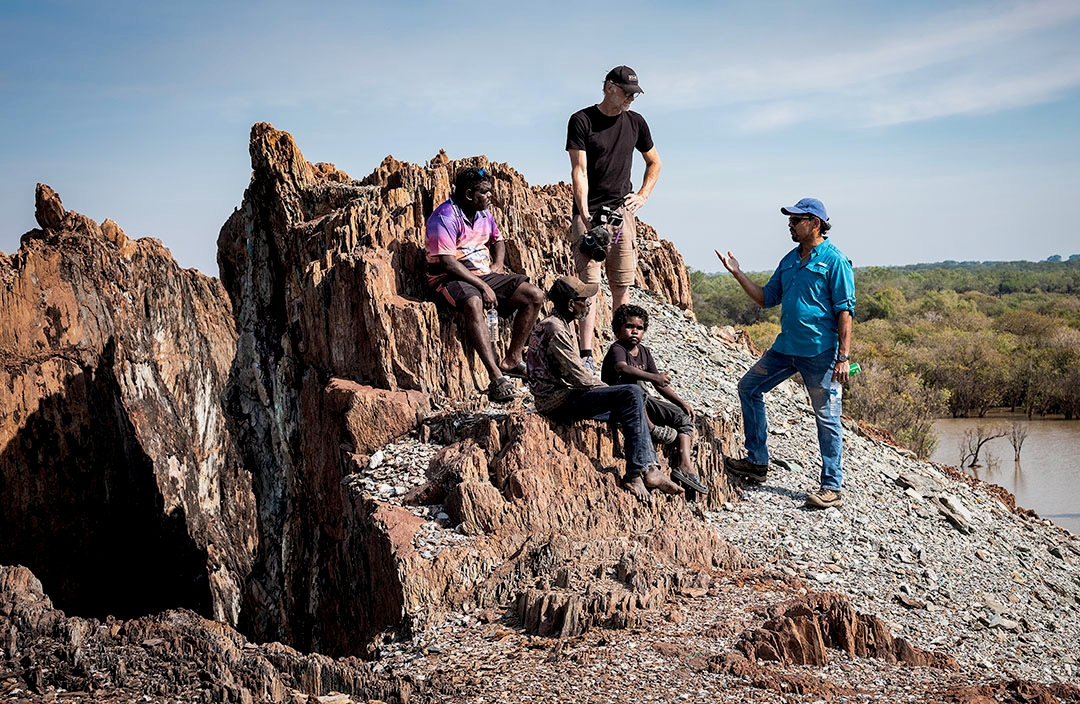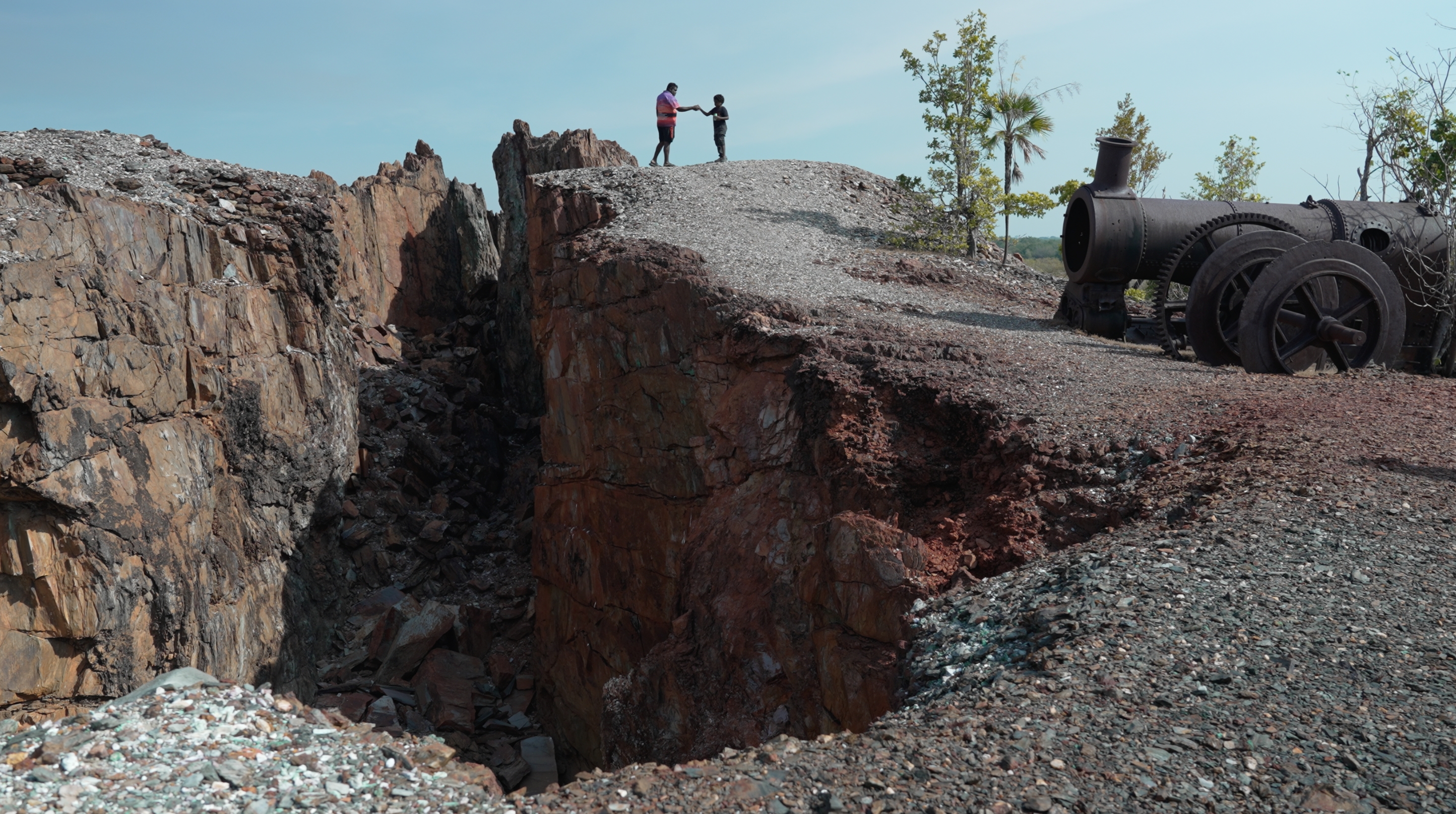Cultures across the world know the value of passing down information, recording and capturing it through storytelling.



As a result, we to this day have real time access to some of the oldest events, insights, and art that has been created and taken place throughout history. This especially resonates in Australia. Storytelling has kept culture alive, while simultaneously being used to preserve it, and has been done for over sixty thousand years by First Nations People. It is still practiced today.
Before there was writing, there was storytelling. There were dances, art, music and ceremonial practices. Across the original 600 Nations and language groups in Australia (many now endangered) this was common. Gathering and sharing knowledge was integral to communities. It was a form of connection to Country and is one of the reasons we as a people have a deep-rooted connection to our land and seas, our people and our culture. We used the stars to navigate the seasons, the way we lived and what we farmed and harvested. We looked to our ancestors in the night skies to guide us, a practice not only deeply rooted in spirit but also science which has evolved over millennia.
Aboriginal art is our knowledge, our language and cultural beliefs, our Dreaming, identity and our story. We tell it on our bodies during ceremony, on the walls of our sacred sites, in the sand, and on canvas. This practice is not just vital to preservation but is one of the strongest forms of resistance to conformity today.
A quick google search of our statistics around health and life expectancy showcase an undeniable truth that First Nations lives are being lost at an alarming rate compared to our non-Indigenous counterparts. As a result, when our old people and our elders pass, they take with them their lived experiences and their truths - therefore the urgency in which we allow them to tell their stories cannot be understated. They are the people who their grandparents taught their culture to, beginning a journey, casting an unspoken expectation that they would pass on the knowledge, wisdom and culture to the next generation, therefore enabling a system that saw the preservation of the worlds oldest living culture continue to live on.
No matter one’s personal beliefs about the rapid advancement of technology there is some benefit to it. We are now able to capture and record the centuries of cultural knowledge on film, to be able to record the voices of our storytellers and keep it safe.
Digital recording and archiving help preserve oral stories, languages and traditions that may otherwise be lost.
It provides the opportunity for revitalisation meaning younger generations now have access to their ancestry and roots through multimedia. This is incredibly vital for the groups whose culture was nearly wiped from existence due to colonisation.
Being able to share through online platforms such as social media, YouTube and established websites also allows our voices and stories to reach people across the world which through authenticity helps break the stereotypes some people still have. Access to education defeats ignorance, meaning this can only result in more awareness and respect for culture.
Our young people are able to engage with these stories through modern formats including animation, virtual reality, music videos, apps and games. As we look to the future the level in which you can transform traditional knowledge has no limit.
We can now use the modernisation of storytelling to revive endangered languages, create intergenerational dialog, and build school and university-based curriculums that educate and celebrate our culture which in the 1970s we were still punished for publicly practicing.

Our Storytelling Program explores themes including the local and traditional history and lived experiences of people, language, country, culture, and their dreaming. The program itself uses both traditional and modern techniques in this field and applies the appropriate format to the storyteller, whether it be an elder or school aged children.
Some of the projects that the program has carried out include:
• Capturing country and sites for our Virtual reality project which will allow people “visit” home when they’re not able to physically be there. This helps to replenish the spirit and is especially relevant for people who may be away from home due to health reasons.
• Recording individuals’ stories, which has resulted conversations around one’s history, lived experiences, and cultural strength and connection.
• We’re also currently in the process of creating an animated children booked based on the cartoon drawings of school students from Areyonga. This will see their pictures come to life.
The storytelling project has worked in communities across the Northern Territory, including Yuendumu and its neighbouring outstations (Mission Creek, Jila Well), Areyonga (Utju), Kintore, Daly River, Tiwi Islands, Woolianna. An intended benefit of this program is being able to pay people across those regions for the work they provide. The storytelling program throughout 2024-2025 has been able to locally employ over 40 people across the past 2-3 years.
This program is deeply rooted in connection with those it works with. The relationships that have been built between our STP manager and those he features has developed through consistency and honouring communities wishes regarding the program’s delivery and output. As a result, this program has been welcomed by community on country and into the lives of some First Nations people who respect privacy and honesty. Listening to and living by communities’ cultural protocols and boundaries is at the core of the Storytelling Program. Not only does it work to preserve the stories that face being lost but actively promotes recognises and acknowledges the strength and resilience of Indigenous People across the Northern Territory

Not every story is for public consumption. Protecting the voices of our people should always remain at the forefront of this type of practice. Allowing Aboriginal people to control how their stories are told, who tells them and who has access to them is a form of preservation. Aboriginal storytelling is deeply connected to Country, Lore, kinship, and identity, and not all stories are meant to be shared widely or without permission.
Many of our communities follow strict protocols around how, and by whom, insights into the depth of who we are can be shared.
We have seen and experienced the vast spectrum in how our stories are used, going from once being discriminately documented against, to being marketed for money by organisations, businesses and not-for-profits. There is no access if there is no trust. It is integral that the stories we are privileged to share ensure that those telling them always remain in control of how it is distributed, if at all.
"Our old people and their stories are a key for us and our culture"
Lorna Jackson
Our storytelling program is more than words — it’s a living connection to Country, Culture, and Community. With your support, we can ensure these stories continue to be told, heard, and honoured for generations to come.
We need vital funds to preserve this powerful program and the knowledge it carries.
Donate Now – Help us protect the stories that protect us.



Red Dust Acknowledges the Aboriginal People across each and every community we work with and thank them for their ongoing trust in allowing us to walk alongside you in the journey of preservation and reconciliation.